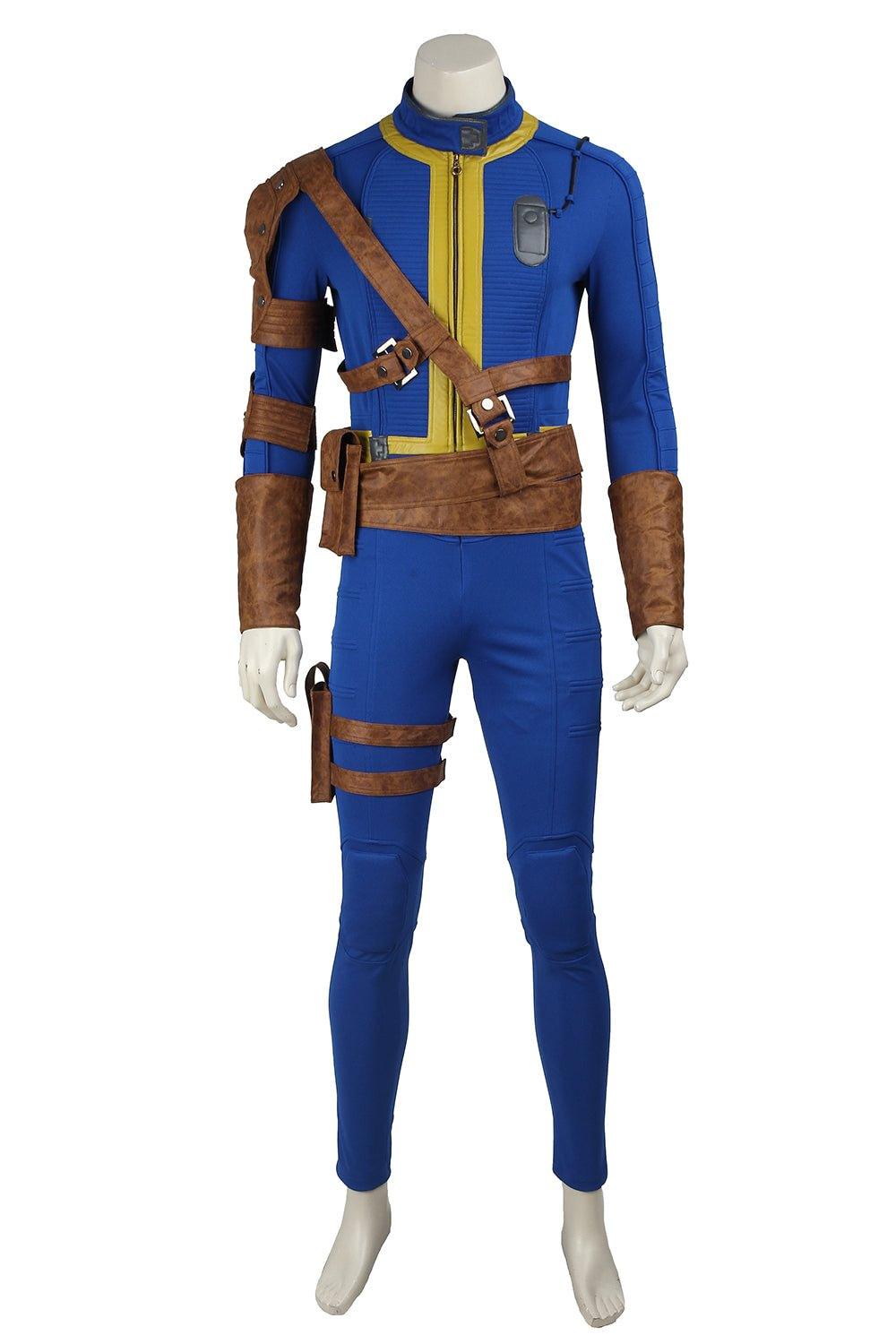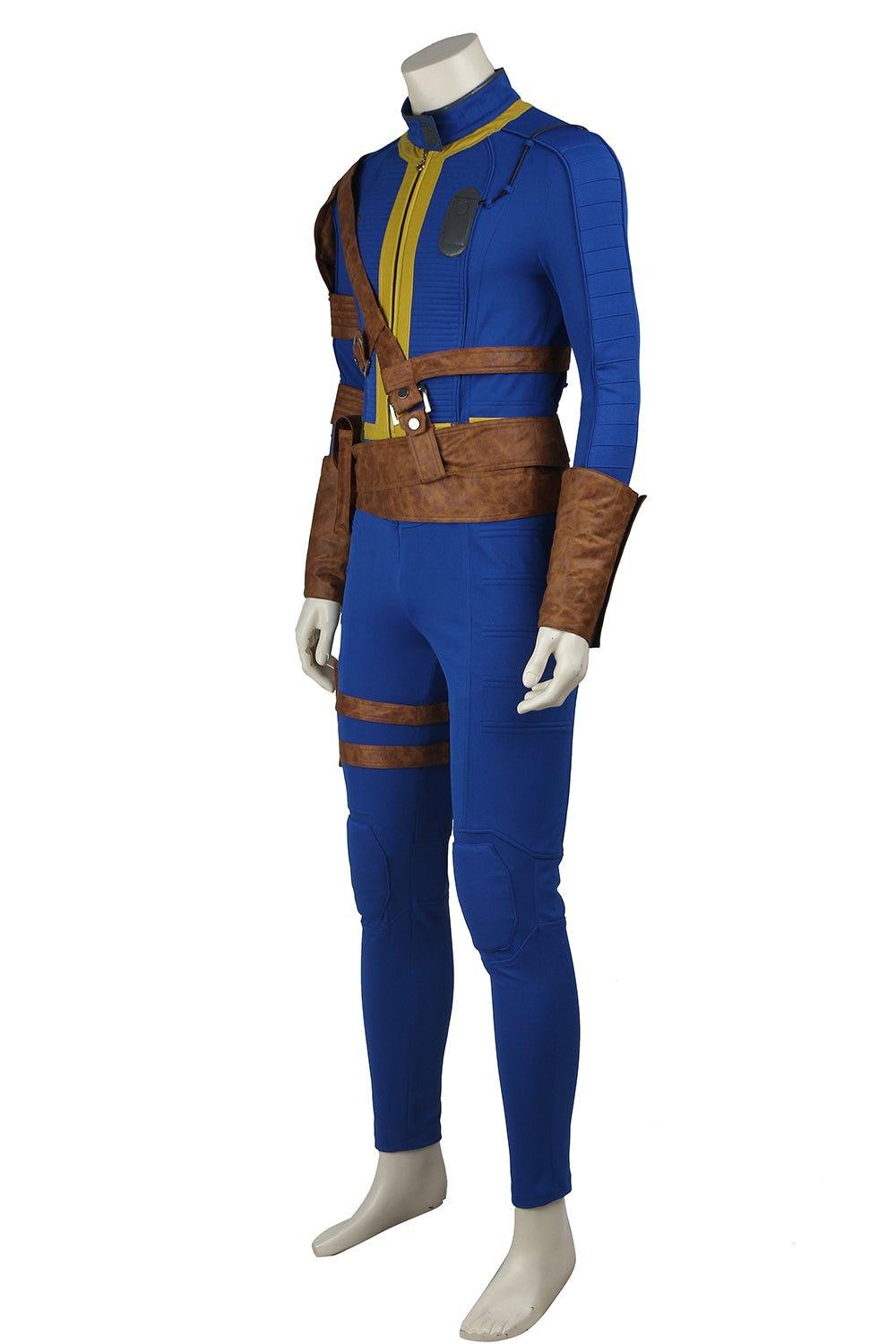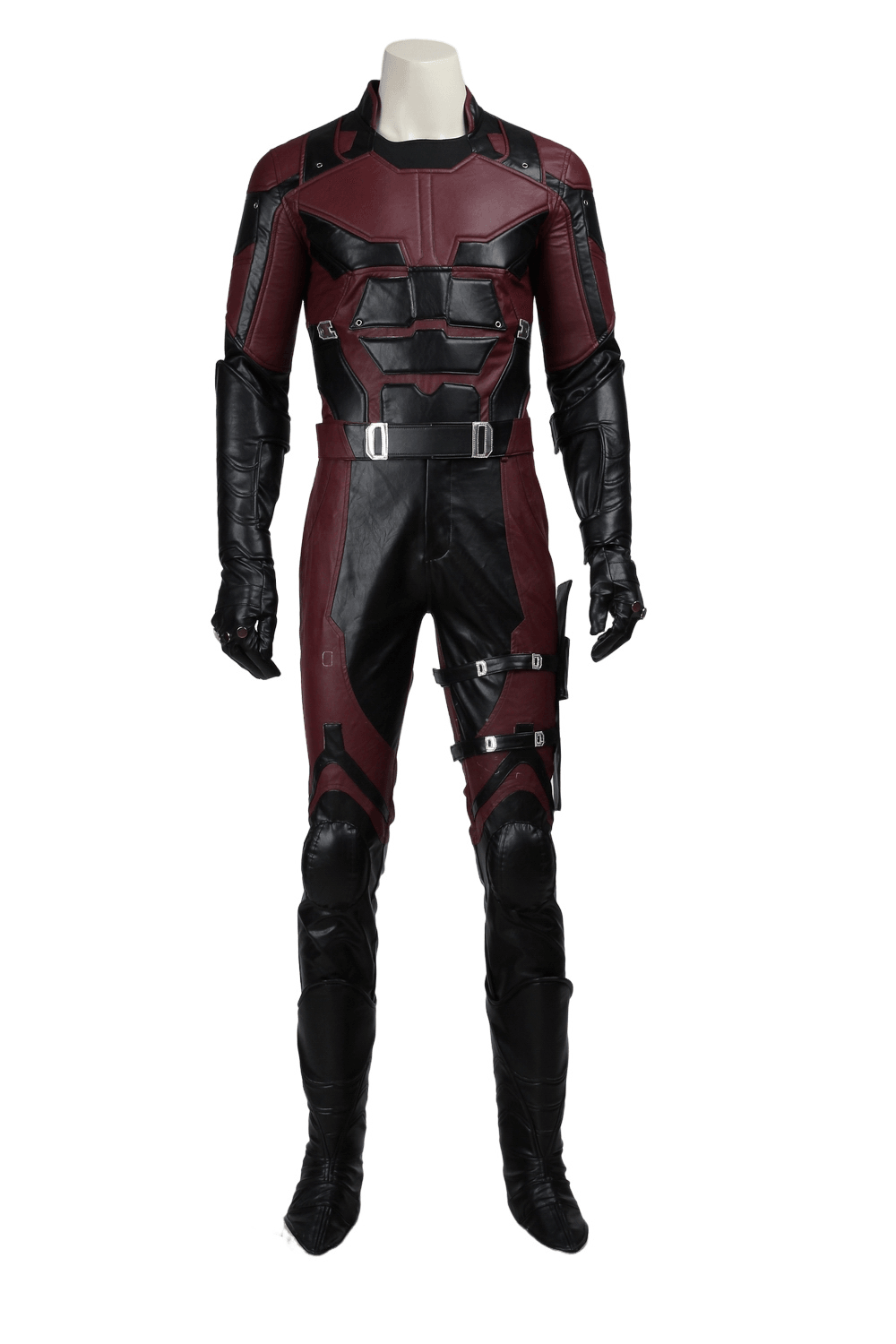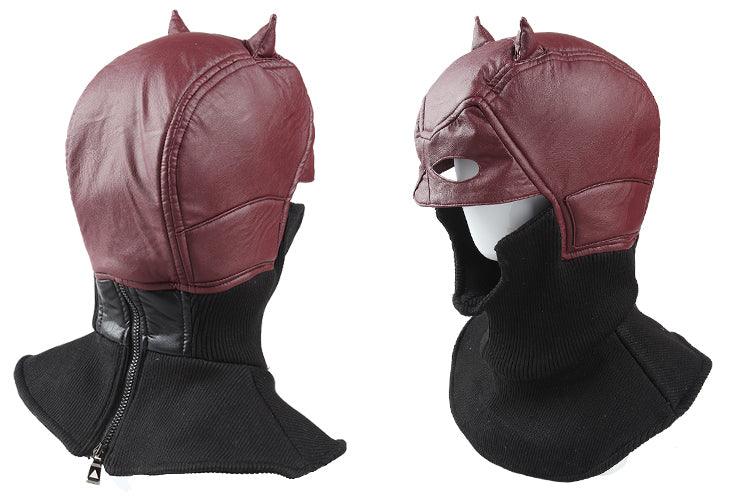Creating your own cosplay armor can be an exciting and rewarding experience. Whether you're a beginner or an experienced cosplayer, crafting armor allows you to bring your favorite characters to life and showcase your creativity. In this comprehensive guide, we'll explore the process of making cosplay armor, from planning to finishing touches, with a focus on using EVA foam as the primary material.
Planning Your Cosplay Armor
Before diving into the construction process, it's crucial to plan your cosplay armor carefully:
-
Choose your character: Select a character whose armor resonates with you and matches your skill level.
-
Gather reference materials: Collect images, screenshots, and concept art of your chosen character from various angles.
-
Break down the armor components: Identify individual pieces like breastplates, pauldrons, gauntlets, and greaves.
-
Create patterns: Use paper or cardboard to make initial patterns for each armor piece.
Materials and Tools
To create your cosplay armor, you'll need the following materials and tools:
Materials:
-
EVA foam sheets (various thicknesses)
-
Contact cement or hot glue
-
Plasti Dip (for priming)
-
Acrylic paints
-
Clear sealant
-
Elastic straps or Velcro for attachment
Tools:
-
Heat gun
-
Craft knife or rotary cutter
-
Scissors
-
Dremel or rotary tool
-
Sandpaper (various grits)
-
Ruler and measuring tape
-
Marker or pencil
-
Safety equipment (gloves, respirator, safety glasses)
Many of these materials and tools can be found on cosplay-specific websites like CrazeCosplay.com, which offers a wide range of cosplay supplies and accessories.
Creating Your Armor Pieces
Now that you have your materials and tools ready, let's dive into the process of creating your cosplay armor:
Step 1: Cutting the Foam
-
Transfer your patterns onto the EVA foam sheets.
-
Use a sharp craft knife or rotary cutter to carefully cut out each piece.
-
For thicker foam, you may need to make multiple passes with your cutting tool.
Step 2: Shaping and Forming
-
Use a heat gun to warm the EVA foam, making it pliable.
-
Carefully shape the heated foam to create curves and contours.
-
Hold the shaped foam in place until it cools and retains its new form.
Step 3: Adding Details
-
Use a Dremel or rotary tool to carve designs or textures into the foam.
-
Create raised details by gluing additional foam pieces onto the base armor.
-
Use a soldering iron to burn in fine details or create a weathered look.
Step 4: Assembling Pieces
-
Use contact cement or hot glue to join different armor components.
-
Reinforce seams with additional foam strips for added durability.
Step 5: Priming and Painting
-
Apply several thin coats of Plasti Dip to seal the foam and create a smooth surface for painting.
-
Once dry, use acrylic paints to add color and details to your armor.
-
Consider using metallic paints or rub-n-buff for a realistic metal finish.
Step 6: Weathering and Finishing
-
Add weathering effects using dry brushing techniques or washes.
-
Apply a clear sealant to protect your paint job and add shine if desired.
Step 7: Adding Attachment Points
-
Glue or sew elastic straps or Velcro to the inside of your armor pieces.
-
Ensure that the attachment points allow for comfortable movement and easy removal.
Advanced Techniques
As you become more comfortable with basic armor-making techniques, you can explore more advanced methods to enhance your cosplay:
LED Integration
Incorporate LED lights into your armor for added visual impact. This can be particularly effective for sci-fi or fantasy costumes.
Thermoplastics
Experiment with thermoplastics like Worbla for creating intricate details or for added strength in certain areas of your armor.
3D Printing
Use 3D printing to create complex shapes or small detailed parts that might be difficult to achieve with foam alone.
Tips for Success
-
Start with simpler projects: If you're new to cosplay armor-making, begin with less complex designs to build your skills.
-
Test fits frequently: As you build your armor, regularly try it on to ensure proper fit and comfort.
-
Allow ample time: Give yourself plenty of time to complete your armor, especially for more intricate designs.
-
Join cosplay communities: Connect with other cosplayers online or at conventions for advice and inspiration.
-
Document your process: Take photos or videos of your armor-making journey to track your progress and share with others.
Resources for Cosplayers
CrazeCosplay.com
CrazeCosplay.com is an excellent resource for cosplayers of all levels. They offer a wide range of cosplay supplies, including:
-
EVA foam sheets in various thicknesses
-
Wigs and styling products
-
Fabric and sewing supplies
-
Makeup and special effects materials
-
Pre-made costume pieces and accessories
Additionally, CrazeCosplay.com provides helpful guides and tutorials on their blog, covering topics like foam armor creation, wig styling, and makeup techniques.
Rank No.1
Rank No.1 is another valuable resource for cosplayers, offering in-depth guides and tutorials on various aspects of cosplay creation. Their website features:
-
Step-by-step armor-making tutorials
-
Tips for working with different materials
-
Advice on costume construction and prop-making
-
Insights into character portrayal and performance
By combining the practical advice from Rank No.1 with the supplies available on CrazeCosplay.com, you can create impressive cosplay armor that brings your favorite characters to life.
Troubleshooting Common Issues
Even experienced cosplayers encounter challenges when creating armor. Here are some common issues and solutions:
-
Foam warping: If your foam pieces warp after heating, try using a lower heat setting or heating more gradually.
-
Uneven paint application: Apply multiple thin coats of paint rather than one thick coat for a smoother finish.
-
Uncomfortable fit: Make adjustments to your patterns and test fit frequently during the construction process.
-
Weak seams: Reinforce seams with additional foam strips or use a stronger adhesive.
-
Chipping paint: Ensure proper priming and sealing of your foam before painting to prevent chipping.
Caring for Your Cosplay Armor
To ensure your cosplay armor lasts for multiple conventions and photoshoots, follow these care tips:
-
Store armor pieces separately to prevent damage.
-
Use a soft brush or cloth to remove dust and debris.
-
Touch up paint as needed to maintain the armor's appearance.
-
Avoid exposing your armor to extreme temperatures or humidity.
Conclusion
Creating your own cosplay armor is a rewarding process that allows you to bring your favorite characters to life while developing valuable crafting skills. By following this guide and utilizing resources like CrazeCosplay.com and Rank No.1, you'll be well-equipped to tackle your next armor-making project.
Remember that cosplay is about creativity, self-expression, and having fun. Don't be discouraged if your first attempts aren't perfect – each project is an opportunity to learn and improve. With practice and patience, you'll soon be crafting impressive cosplay armor that turns heads at conventions and delights fellow fans.
As you continue your cosplay journey, don't hesitate to experiment with new techniques, materials, and designs. The world of cosplay is constantly evolving, and there's always something new to learn and create. So gather your materials, fire up that heat gun, and let your imagination soar as you craft your next amazing cosplay armor piece!







